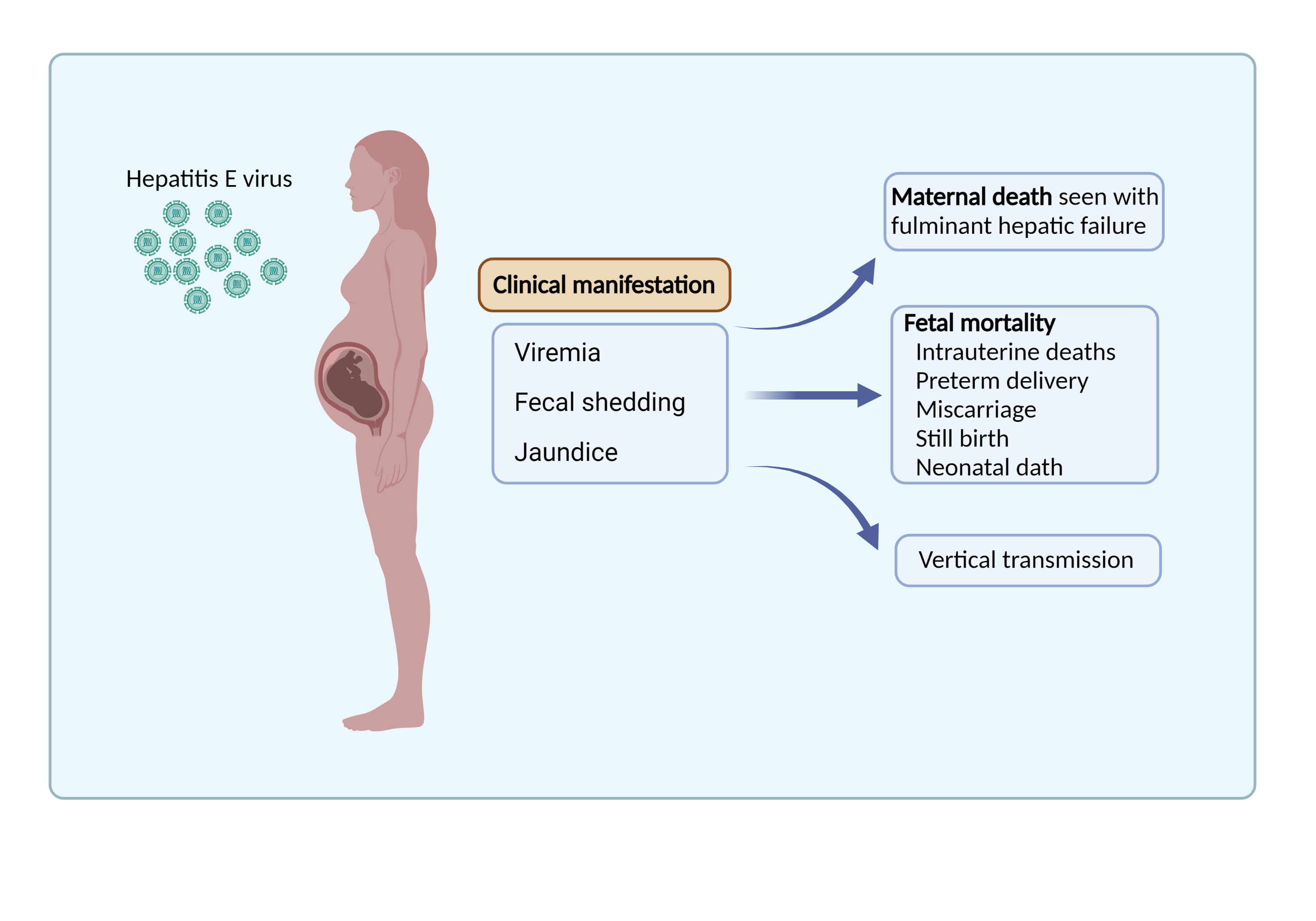HEV infection may be life-threatening in pregnant women and has been linked with 20–30% mortality, especially in the third trimester of pregnancy. HEV infection leads to elevated levels of preterm labour and other immunological parameters. It is vertically transmitted and could lead to poor feto-maternal outcomes. especially in fulminating viral hepatitis where the mother and foetus could be lost. There is currently no known treatment or vaccine for HEV.
A recent study by Dr. Peter Asaga Mac and colleagues highlighted an unexpectedly high seroprevalence of HEV and poor feto-maternal outcomes in pregnant women residing in rural and urban settings in central Nigeria. The study showed that the inherently high HEV seropositivity and poor feto-maternal outcomes may not be attributed to HEV viral hepatitis only but may be a combination of extrinsic and intrinsic factors. The “zoonotic transmission” of pathogens from animal hosts to humans is increasingly recognised as a major contributor to the emergence of numerous infectious diseases. The One Health concept recognises that human, animal, and environmental health are interdependent. It is a collaborative, multidisciplinary approach to promoting, enhancing, and protecting the health and well-being of all species. Since HEV infections can be transmitted zoonotically, they should be considered within the context of One Health to prevent their spread from animal hosts to humans. Few isolated infections with a low prevalence have been reported in other animal species. Africa and Europe are experiencing an increase in the incidence of hepatitis E, but little is known about its distribution, sources, and transmission routes among humans and animals.
Read the full article (Frontiers in Medicine. 2022 Sep 2;9:888218): doi: 10.3389/fmed.2022.888218
